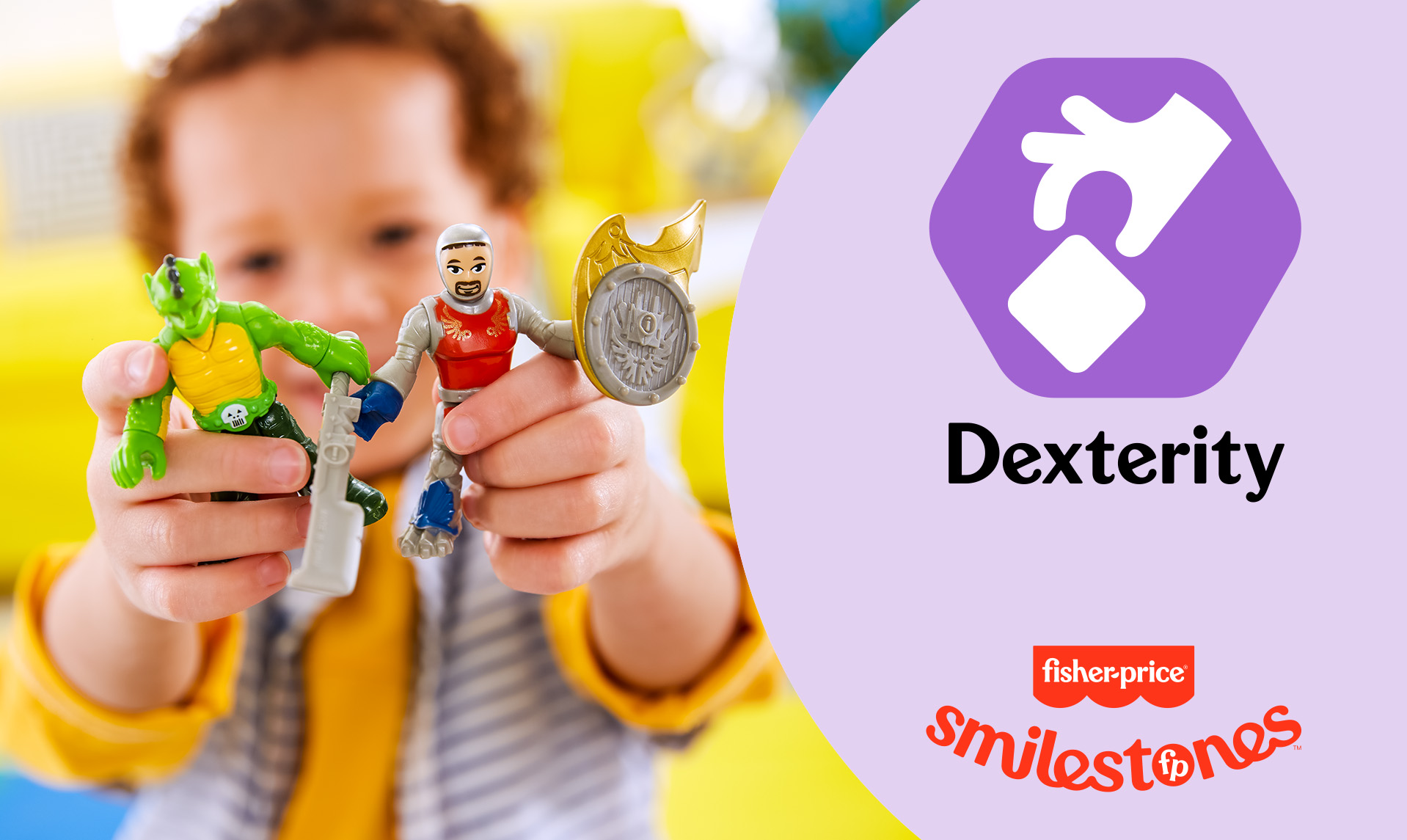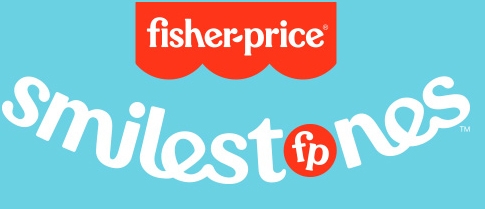Getting a Grasp on Fine Motor Skills in Time for School
July 18, 2023

If you’re wondering how ready your child is to start doing big-kid things like cutting with scissors or holding a pencil (or a mouse), I can help. Hi, I’m Corinne and I’m an early childhood development expert and mom of two.
As a former preschool teacher, I’ve seen how play can help grow every child’s dexterity, which is something they’ll need every day in school and (way) beyond. Fine motor skills are super important, and building them can actually be fun.

Why is dexterity important?
As your little one develops their dexterity, they become more prepared to move through their daily routine independently. This independence gives you a super confident preschooler ready for big- kid things like writing, typing, tying shoes or even playing a musical instrument!

Hands-on tips to help with dexterity development
Let’s talk about a few tips & tricks I’ve found useful:

1. Use unexpected tools.
In my preschool classroom, the kids were really motivated by using things like eyedroppers for watercolor projects or tweezers and clothespins to pick up buttons and sequins.

2. Make your own dough and play!
At home and in my classroom, we always made our own dough to play with. So, kids are involved in one fine motor activity (preparing the dough) while preparing for another.

3. String beads on chenille wire stems.
The bendable wire makes the stem stiff enough for little hands to string beads easily. As your child gets better at this activity, you can use yarn instead.

4. Surprising tip: Help by not helping.
The next time your preschooler asks for help buttoning a button or unscrewing the top of the peanut butter jar, you can help by not helping—at least not right away. Try talking them through their task. This will get them to exercise those fine motor muscles. And when they’re successful (which may not be right away), you can both celebrate their newfound confidence!


Fine motor skills timeline
Remember, physical milestones happen at different times for every child. This is just to give you an idea of what kinds of skills you can be on the lookout for and when they typically happen.

3 years old
- Begins to hold a crayon or marker between first two fingers and thumb (tripod grasp).
- Draws with vertical, horizontal & circular motions.
- Copies a circle from a drawing.
- Begins to cut paper (working on holding scissors properly and may need a little grownup help).
NOTE: At this stage, think progress not perfection!

4 years old
- Easily holds a crayon or marker using a tripod grasp.
- Can copy shapes and letters.
- Draws with “controlled” scribbling and makes basic forms.
- Cuts on a straight line with scissors (may still need a little guidance).

5 years old
- Applies direction and pressure when using crayon or marker.
- May begin to color inside the lines.
- Cuts on simple lines with scissors (not perfectly).
- Reproduces many shapes and letters.




Parent check-in
As your child’s dexterity grows, so will their independence. That’s a good thing that might make you happy and a little sad because it means they’re growing up. It’s okay to feel both ways. Try to remember that even once they can tie their own shoes and use scissors, they’ll always need you to give them a hand.
Gentle reminder: If you ever have concerns about your child’s development, trust your gut and reach out to your pediatrician.”

Bringing a smile to milestones.
Say hello to happier parenting. At Fisher-Price, we’re here to help you celebrate the little victories, let go of expectations, and pick up more positivity. Because after more than 90 years of helping families, we’ve learned every child learns in their own way – at their own pace. That’s the beauty of the Smilestones approach. It’s about finding the joy in every stage (big and small) for every kid.
Learn More






































